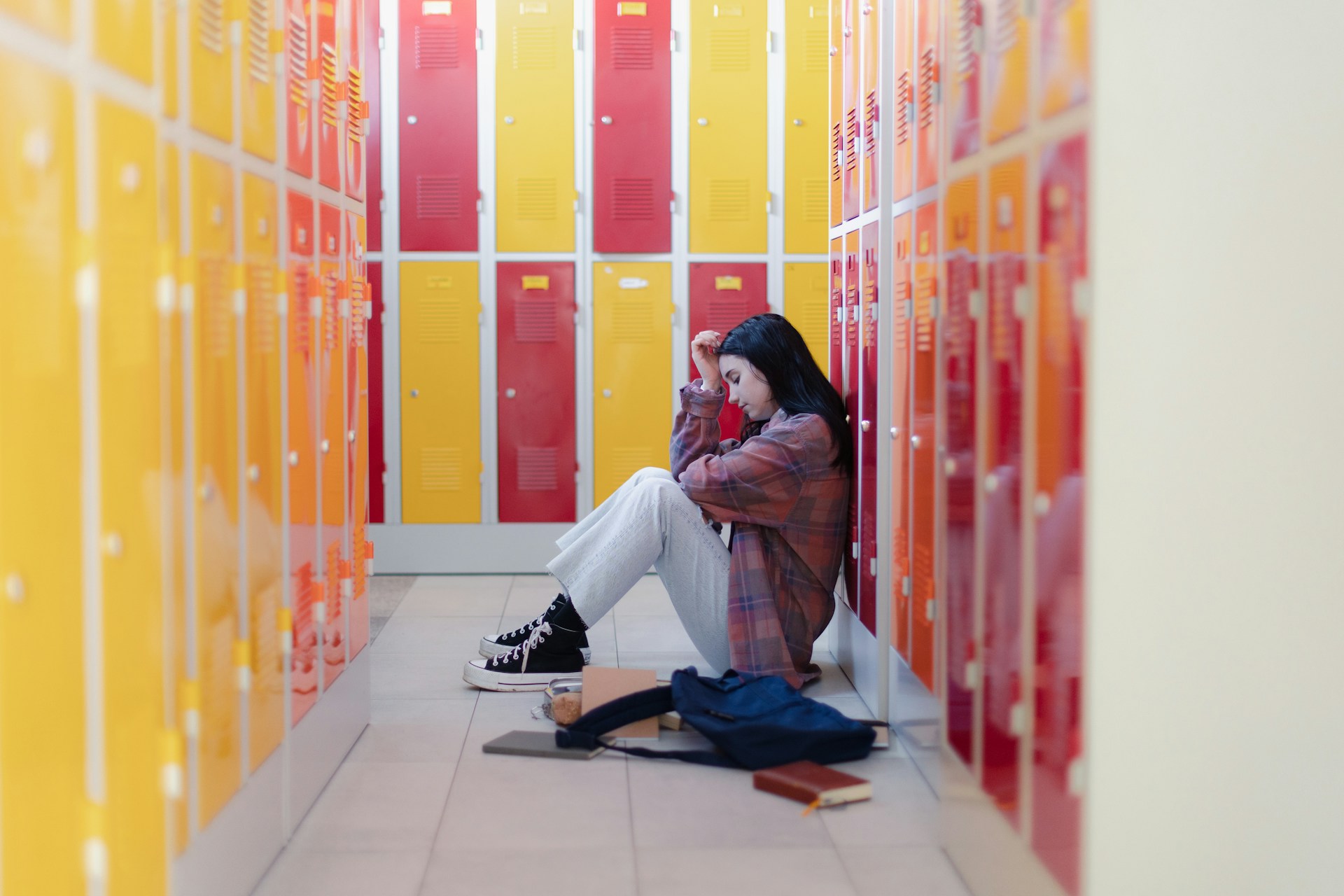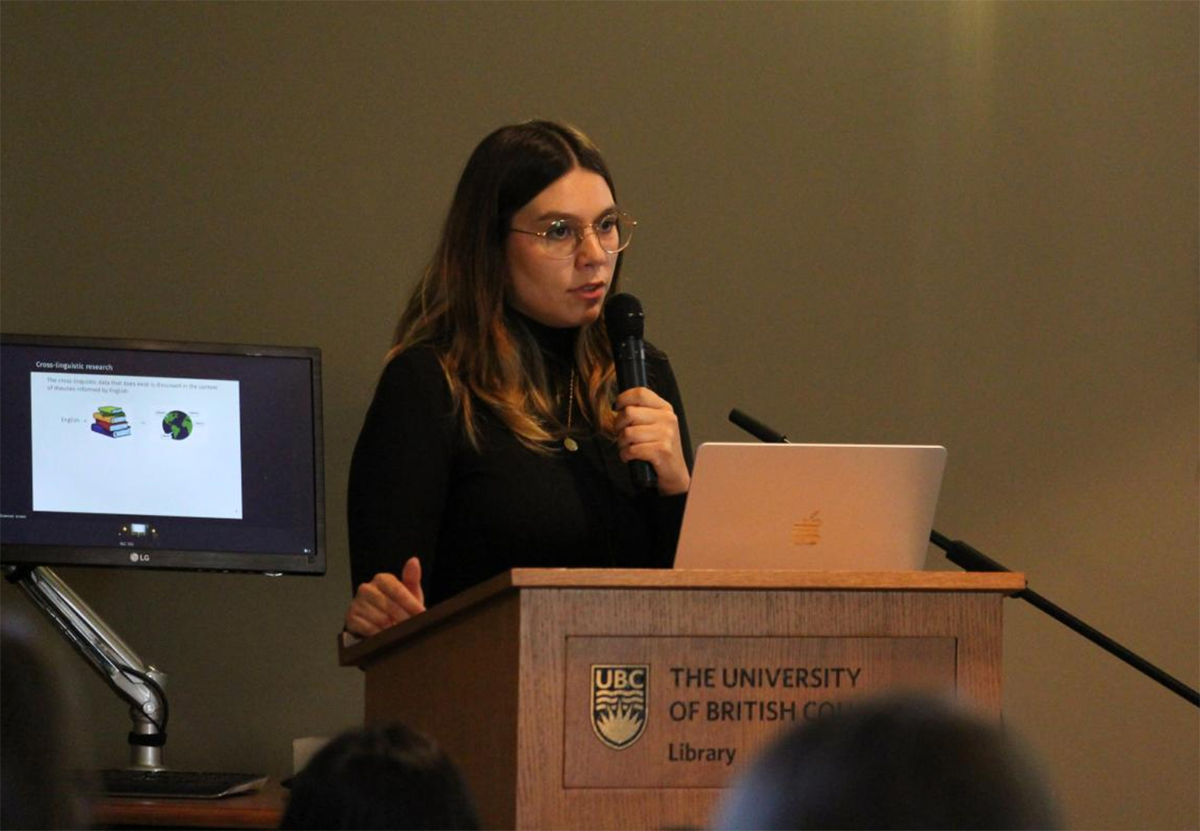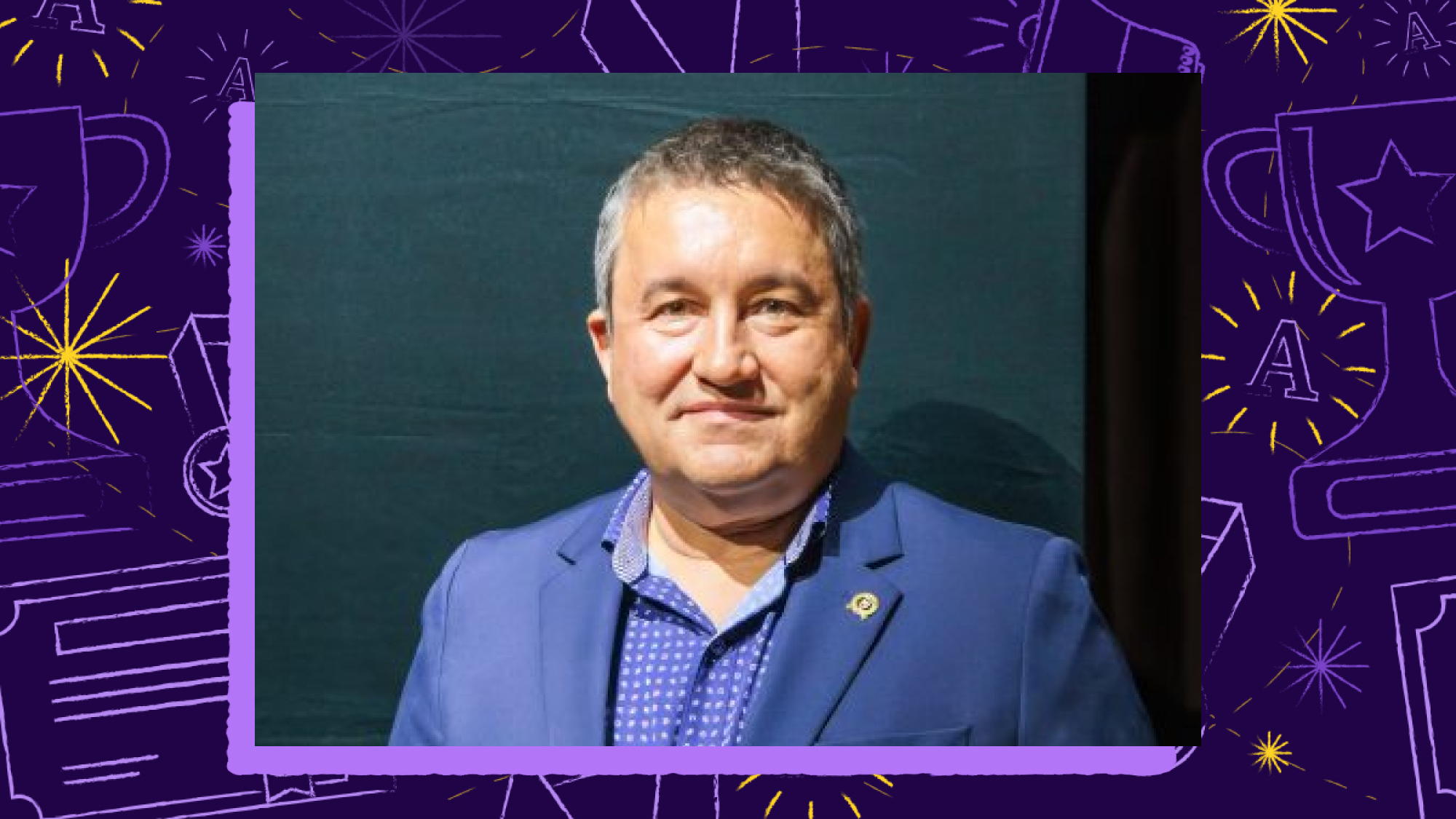

In celebration of Asian Heritage Month, we’re shining a spotlight on the passionate professors behind two Arts courses that delve into the rich tapestry of Asian identity, history, and culture.
Dr. Ayaka Yoshimizu unveils the intricacies of ASIX 220: Indigeneities in Asia and Asian Diaspora while Dr. Laura Ishiguro shares her journey in developing ACAM 300: Dis/Orienting Asian Canada. We caught up with both professors to delve into their insights, inspirations, and pedagogical approaches in crafting these courses.
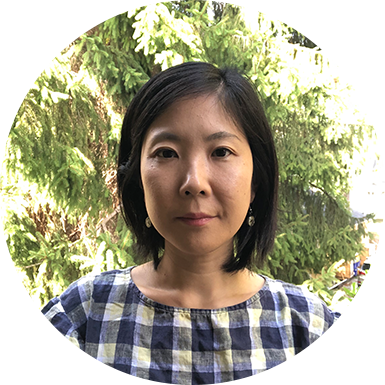

Dr. Ayaka Yoshimizu
Assistant Professor of Teaching, Asian Studies
Ayaka came from Japan to the unceded territories of the xʷməθkʷəy̓əm, Sḵwx̱wú7mesh, and səlilwətaɬ Nations as an international student and now lives on their lands as an uninvited guest. She currently teaches in the Department of Asian Studies and for the UBC-Ritsumeikan Academic Exchange Program as an Assistant Professor of Teaching. She strives to become a good guest through her decolonizing journey with students, her co-learners, at UBC.
Ayaka’s research is concerned with transpacific migration and cultures, memories and senses, and performative, decolonial, and anti-racist methodology and pedagogy. Her current research focuses on objects, sites, and practices that memorialize the deaths of Japanese sex workers who were involved in the transnational sex trade between 1853-1945 in the transpacific world. She teaches courses on Japanese media, audiovisual translation, transpacific histories and cultures, and Indigeneities in Asia and Asian diaspora.
This course introduces students to Indigenous methodologies, contemporary cultures, and issues of Indigenous peoples in Asia and Asian diaspora, and Indigenous-Asia relation-making in Canada. Students will also explore what it means to build an ethical relationship with the Indigenous lands of the xʷməθkwəy̓əm and of other First Nations.
How do you navigate the complexities of Indigenous-Asia relation-making in the Canadian context within your course curriculum? Are there specific case studies or examples you find particularly impactful for students?
Indigenous-Asian relation-making is very complex as both “Indigenous” and “Asian” communities are extremely diverse and the conditions for such relation-making also vary depending on multiple factors. While “Asians” are often talked about as victims of racialization in the Canadian context (and there is ample evidence from the past and the present that validates such discourse!), Asian people have also colonized and been racist toward others within and beyond Asia. When people migrate from Asia to Canada, they do not necessarily come with a decolonial mindset or with a commitment to enter a good relationship with Indigenous Peoples here, and in fact, they are often not adequately informed of the history of settler colonialism of this country. But we read works by Asian Canadian authors, such as Malissa Phung and Rita Wong, who acknowledge how their presence in Canada is predicated on its settler colonial structure even when their ancestors arrived in the country as refugees or exploitable labourers. They also present ways to cultivate allyship with Indigenous communities and build meaningful connections with Indigenous Lands and Water in a non-appropriating way. These materials are eye-opening for many students and give us an opportunity to start building a more ethical relationship with Indigeneity in Canada.
Given the diversity within Asia and the Asian diaspora, how do you ensure that the course content is inclusive and representative of the varied Indigenous experiences and perspectives across different regions and communities?
On the first day of class, I say three things that ASIX 220 does not do. They include: 1) provide a definition of “Indigenous Peoples in Asia”; 2) provide a survey of various Indigenous Peoples and cultures in Asia; and 3) equally represent Indigenous Peoples, cultures, and issues from each region of Asia. This is partly because Indigenous identities are still very contested in Asia (not just by members of the “non-Indigenous” dominant groups but also by some members of the communities that may appear as “Indigenous” based on how the term is defined in the west). As an instructor, my knowledge and capacity is also extremely limited in covering such a wide range of “Indigenous” experiences and perspectives. While I do my best to draw examples from various regions in Asia and also invite guest speakers where appropriate, I find it equally productive to explicitly acknowledge our positionalities and partiality of our knowledge than trying to enumerate “Indigenous Peoples” and their experiences. This course instead focuses on: 1) providing a space to begin decolonizing and unlearning our understanding of Asia; 2) examining Indigeneity as a political and transnational construct by looking at selected examples from Asia; and 3) developing a decolonial approach to studying cultures of others.
Ethical relationships with Indigenous lands are a crucial aspect of your course. Could you elaborate on how you engage students in understanding and respecting the lands of the xʷməθkwəy̓əm and other First Nations?
Before we delve into “Indigeneities in Asia,” we spend the first four weeks learning about the xʷməθkwəy̓əm land as well as Indigenous paradigms and epistemologies developed by Indigenous scholars, artists, and activists particularly from or based in the Coast Salish territory. In the very first assignment, students reflect on their own positionalities and relationships with the lands of the xʷməθkwəy̓əm and other First Nations. Acknowledging the place from which we learn about Indigeneities in Asia is fundamental as knowledge is always relational. Relationality is one important concept and practice that is implemented in the course. For example, we do talking circles, instead of regular breakout discussion, in certain situations where acknowledging diverse perspectives are particularly important. This helps students develop relationships with each other. Some of the comments I received from students at the end of the course when I taught it for the first time in 2023/24 were “I learned how to learn better” and “I learned how to listen to others.” I think these comments reflect the core values and practice of this course, which are informed by Indigenous knowledge and traditions. What we learn in the course would very likely be remembered in relation to both the place in which the learning happened and our co-learners.
Note: Ayaka has kindly offered to share her syllabus with those interested in learning more about the materials used in this course.
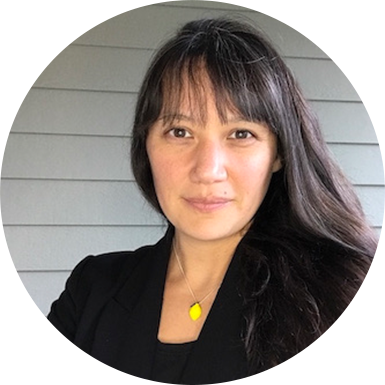

Dr. Laura Ishiguro
Director, Asian Canadian and Asian Migration Studies
Associate Professor, History
Laura is a historian of northern North America (Canada), with a particular emphasis on settler colonialism, Asian Canadian history, and British Columbia in the nineteenth and twentieth centuries. In her research and teaching, she is especially interested in histories of so-called ordinary people and the ways in which they—in extraordinary actions and their everyday lives— have shaped and changed their worlds. While these broad interests take her work in a number of directions, it shares a common concern for why history matters now and how history-telling can help to cultivate better futures.
Examine the histories, cultures, social dynamics, and life experiences of Asian communities in Canada in the context of global migrations.
What inspired you to create the course ACAM 300: Dis/Orienting Asian Canada, and what specific aspects of Asian Canadian history and culture do you aim to explore within the curriculum?
ACAM 300 is, first and foremost, inspired by students and what I have learned from them. Going far beyond the few common topics that some of them learn about in school (and, to be honest, far beyond the current state of the historical scholarship), students have brought knowledge and questions to my courses that have fundamentally changed my understanding of Asian Canadian history. In many ways, ACAM 300 is the result of that, and particularly inspired by students who have been seeking more diverse, inspiring, hopeful, and powerful histories of people of Asian descent in northern North America.
At the same time, this course came out of a particular moment, too. I first designed it in the summer of 2020 in the midst of multiple and intersecting crises – personal and collective, global and local, experienced unevenly and differently by different people. In that period, I was thinking a lot about trauma, racism, justice, fear, love, and hope in general, as well as reflecting on what historians’ particular roles and responsibilities could be in such a context.
Emerging from all of this, ACAM 300 is animated by the questions: What good can historical thinking and understanding do in this world? What difference can history-telling actually make? Taking up these questions, we explore diverse stories of people of Asian descent in northern North America in order to learn about the past, what it has to do with pressing issues of our present, and how we – whoever we are – might tell histories that matter here and now.
What are some key themes or topics covered in the course that shed light on the diverse experiences of Asian communities in Canada, particularly in relation to migration, settlement, and identity formation?
The course is different from year to year, but in general, we explore a wide range of histories about people of Asian descent in northern North America over the past two and a half centuries. Key themes are informed by significant issues or debates in the present; they have included, for example, exploring Asian Canadian histories in relation to anti-Asian racism, refugees and global violence, activism and solidarities, and historical commemoration and government apologies. Another key theme is the relationship between Asian Canadian histories, Indigenous histories and sovereignty, and settler colonialism, with a particular emphasis on what it means for us to do this work and learning on Musqueam territory. (On that note, for Arts students planning for the new “Ways of Knowing” breadth requirement, ACAM 300 will fulfill the 3-credit needed for “Place and Power” starting in fall 2024).
Within these broad themes, the specific topics range widely – sometimes well known, but many not. We explore diverse histories of queer Asian Canadian activism and Asian-Indigenous relations. We engage with stories of Chinese Canadian students who went on strike against school segregation in the 1920s, Korean Canadian adoptees since the mid-twentieth century, and Filipinx caregivers organizing around the turn of the millennium. We learn about people from Vietnam, Cambodia, Uganda, India, and elsewhere who changed Canada’s refugee system. We consider complex histories of Japanese Canadian people grappling with the experiences and legacies of internment during the Second World War. We learn about the Al-Rashid Mosque in Edmonton and the Gur Sikh Temple in Abbotsford – and so much more! In all of this, the course places an emphasis on learning from diverse public and community forms of history-telling, not just scholarship. For example, we watch films and listen to podcasts, read recipes and graphic histories, and consider street names and murals!
What do you hope students will take away from ACAM 300 beyond academic knowledge, and do you have any advice for students embarking on their own journeys of exploring Asian Canadian histories and cultures?
I hope that students take away something that is personally meaningful to them, whoever they are, whatever their relationship to Asian Canadian communities, and whether they came into the course with preexisting knowledge or not. More than anything, though, I hope that ACAM 300 inspires them to keep learning and sharing histories about Asian Canadian people in ways that matter to them too. History-telling is so powerful and I want them to know that they, too, can do it!
